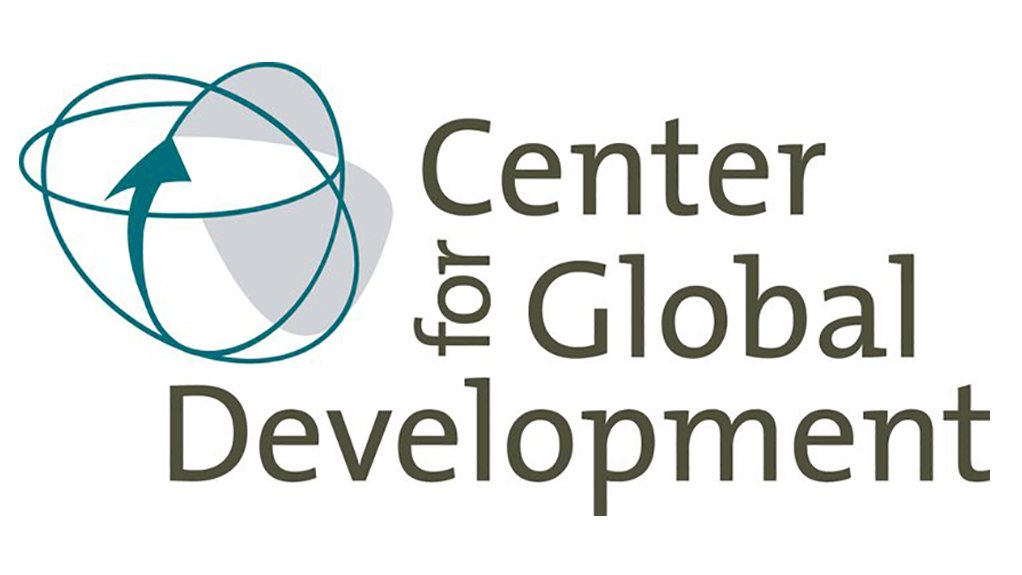- An Analysis of Clinical Knowledge, Absenteeism, and Availability of Resources for Maternal and Child Health: A Cross-Sectional Quality of Care Study in 10 African Countries1.96 MB
Objective: Assess the quality of health care across African countries based on health providers’ clinical knowledge, their clinic attendance, and drug availability, with a focus on seven conditions accounting for a large share of child and maternal mortality in Sub-Saharan Africa: malaria, tuberculosis, diarrhea, pneumonia, diabetes, neonatal asphyxia and post-partum hemorrhage.
Methods: With nationally representative, cross-sectional data from ten countries in Sub-Saharan Africa, collected using clinical vignettes (to assess provider knowledge), unannounced visits (to assess provider absenteeism), and visual inspections of facilities (to assess availability of drugs and equipment), we assess whether health providers are available and have sufficient knowledge and means to diagnose and treat patients suffering from common conditions amenable to primary health care. We draw on data from 8,061 primary and secondary care facilities in Kenya, Madagascar, Mozambique, Nigeria, Niger, Senegal, Sierra Leone, Tanzania, Togo, and Uganda, and 22,746 health workers including doctors, clinical officers, nurses, and community health workers. Facilities were selected using a multistage cluster-sampling design to ensure data were representative of rural and urban areas, private and public facilities, and of different facility types. These data were gathered under the Service Delivery Indicators program.
Results: Across all conditions and countries, health care providers were able to correctly diagnose 64% (95% CI 0.62-0.65) of the clinical vignette cases, and in 45% (95% CI 0.43-0.46) of the cases, the treatment plan was aligned with the correct diagnosis. For diarrhea and pneumonia, two common causes of under- five deaths, 27% (95% CI 0.25-0.29) of the providers correctly diagnosed and prescribed the appropriate treatment for both conditions. On average, 70% of health workers were present in the facilities to provide care during facility hours when those workers are scheduled to be on duty. Taken together, we estimate that the likelihood that a facility has at least one staff present with competency and key inputs required to provide child, neonatal, and maternity care that meets minimum quality standards is 14%. On average, poor clinical knowledge is a greater constraint in care readiness than drug availability or health workers’ absenteeism in the 10 countries. However, we document substantial heterogeneity across countries in the extent to which drug availability and absenteeism matter quantitatively.
Conclusion: Our findings highlight the need to boost the knowledge of health care workers to achieve greater care readiness. Training programs have shown mixed results, so systems may need to adopt a combination of competency-based pre-service and in-service training for health care providers (with evaluation to ensure the effectiveness of the training), and hiring practices that ensure the most prepared workers enter the systems. We conclude that in settings where clinical knowledge is poor, improving drug availability or reducing health workers’ absenteeism would only modestly increase the average care readiness that meets minimum quality standards.
Report by the Centre for Global Development
EMAIL THIS ARTICLE SAVE THIS ARTICLE ARTICLE ENQUIRY
To subscribe email subscriptions@creamermedia.co.za or click here
To advertise email advertising@creamermedia.co.za or click here











